Guide to Elimination Diets
If you’re a dog owner, you may have heard people referring to elimination, or exclusion, diets as the magic cure to food allergies for pets. But what are they? How would you go about doing one and what’s the reality around their success?
The first thing to note is that very few pets have genuine food allergies; only around 1-2% of dogs in fact, while the majority are actually food intolerances. Allergic reactions involve the immune system and so will usually present much faster than an intolerance, as this requires waiting for the digestive system to process the food and decide it doesn’t like it. (This can happen after trying a food for the first time, or after being on it for years.) However, the symptoms of both can be very similar. Common symptoms of both allergies and intolerances are itchy skin, digestive problems, infections and tiredness.

NOTE – it’s important to remember that these symptoms can often be caused by environmental factors such as fleas, grass and pollen sensitivities and allergies to things such as cleaning products. You should always rule out these as possible causes for your pet’s symptoms before attempting an elimination diet.
Elimination diets are an effective way of determining which foods are safe for your cat or dog to eat, but it can be a very time consuming and often expensive process. You won’t see results straight away, so it’s necessary to manage your expectations. It’s worth it in the long run!
Before you begin an elimination diet, make a list of everything your pet currently eats. This includes all ingredients from their normal food, as well as any regular treats and supplements they have. Supplements are sometimes made from products which can cause allergies; for example, joint supplements often have origins in forms of shellfish, so it’s important to factor these in as possible contributors.
NOTE – elimination diets can be done with wet or dry food, but it’s easier with a raw diet as ingredients are much easier to identify.
Once you’ve made your list, you need to identify a novel protein source. This is a protein that is new, or ‘novel’ to your pet – one they have had very little or no exposure to. Examples of novel proteins which are not frequently found in common pet foods are venison, rabbit, horse and kangaroo. This is where elimination diets can become costly, as rarer proteins are understandably more expensive.
If you are feeding a raw diet, all elements (meat, bone and offal) must come from the same protein source. Pre-made single protein minces are often easier than a DIY diet for this, as they are already nutritionally balanced.
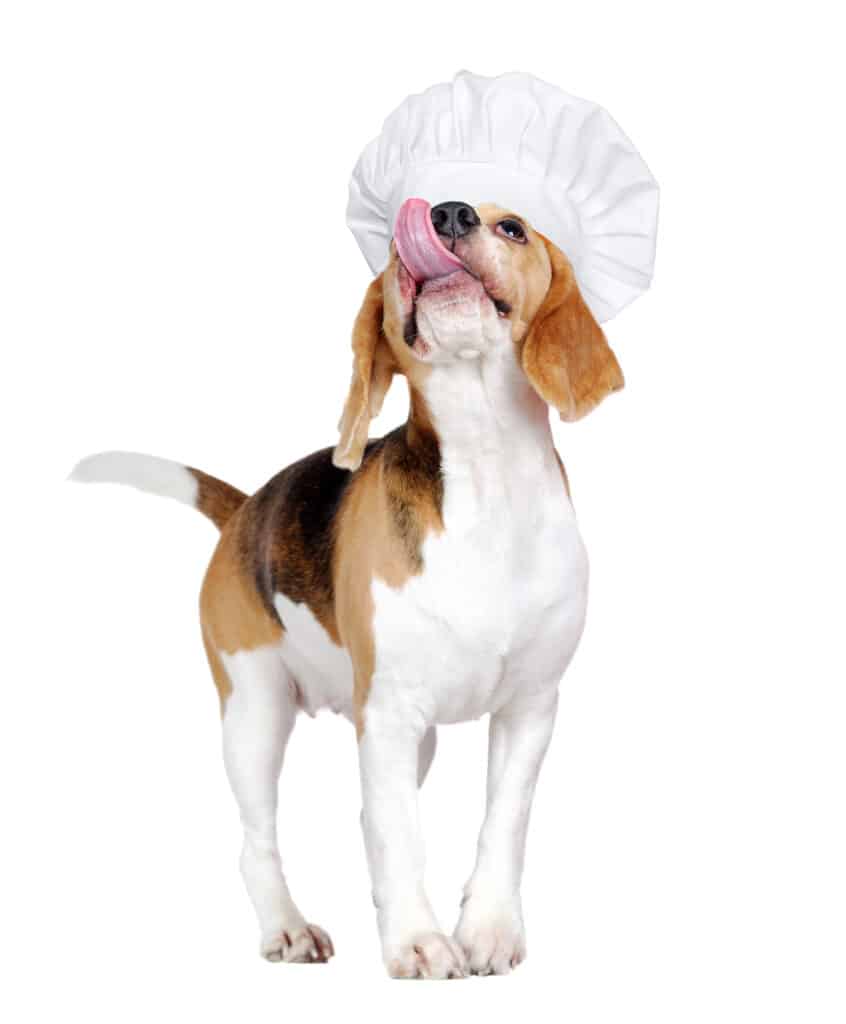
Click on the images to browse some of our favourite novel protein products!
If feeding wet or dry food, you also need to determine a novel carbohydrate source. Avoid grains where possible, or foods with unclear labelling (featuring vague ingredients such as ‘meat derivatives’). Sweet potato is a good one to try; many grain free foods will use this as their bulk ingredient, as it is not known to be a common cause of intolerances.
Once you’ve identified which ingredients to try first, you must only feed these for the first 6-8 weeks. This allows your pet’s system to reset and become less irritated, and also allows for any adjustment issues to a new diet. On both raw and processed food diets, any treats must only come from the protein source you have selected. It’s no good feeding chicken treats if you’re trying to rule out chicken as an allergy! Air dried or freeze dried meat treats are perfect as they have no other ingredients.
If after 6-8 weeks your pet’s symptoms have cleared up, you can safely assume that the ingredients you’ve been feeding them are not responsible for any irritation. Now that you have a base to work from, you can gradually start to reintroduce the ingredients from the list you made initially. Introduce them one at a time so that you can determine exactly which ingredient is the cause if symptoms start to resurface. Remove any problematic ingredients from the diet immediately, allow a couple of weeks to reset, and then move on to the next one on the list. Eventually you’ll have been able to work through the list and put either a tick or a cross next to each ingredient, giving you a set of proteins which you know are safe to feed your pet. You should return to feeding a variety of proteins for maximum nutritional benefit.
NOTE – don’t stop the elimination process when you come first across a trigger ingredient; many animals will have multiple intolerances, so it’s important to carry on through your list until you’ve ruled them all out.
Once you’ve figured out which foods are safe, you can reintroduce any supplements you were using. These should also be given one at a time with at least a couple of weeks between each one.
IMPORTANT POINTS
- Even something like a flavoured pet toothpaste could be responsible for allergy symptoms; you have to cut EVERYTHING out from their normal diet.
- Make sure you have complete control over what your pet is being fed. One well intentioned scrap from the table or treat from a stranger could undo the whole process and require you to start again.
- Keep a diary or journal to log any reactions for future reference.
DON’T FORGET
It is a long and inconvenient process, but it’s worth it to find a diet that is going to agree with your dog or cat and allow them to live free of any irritations or allergies caused by food.
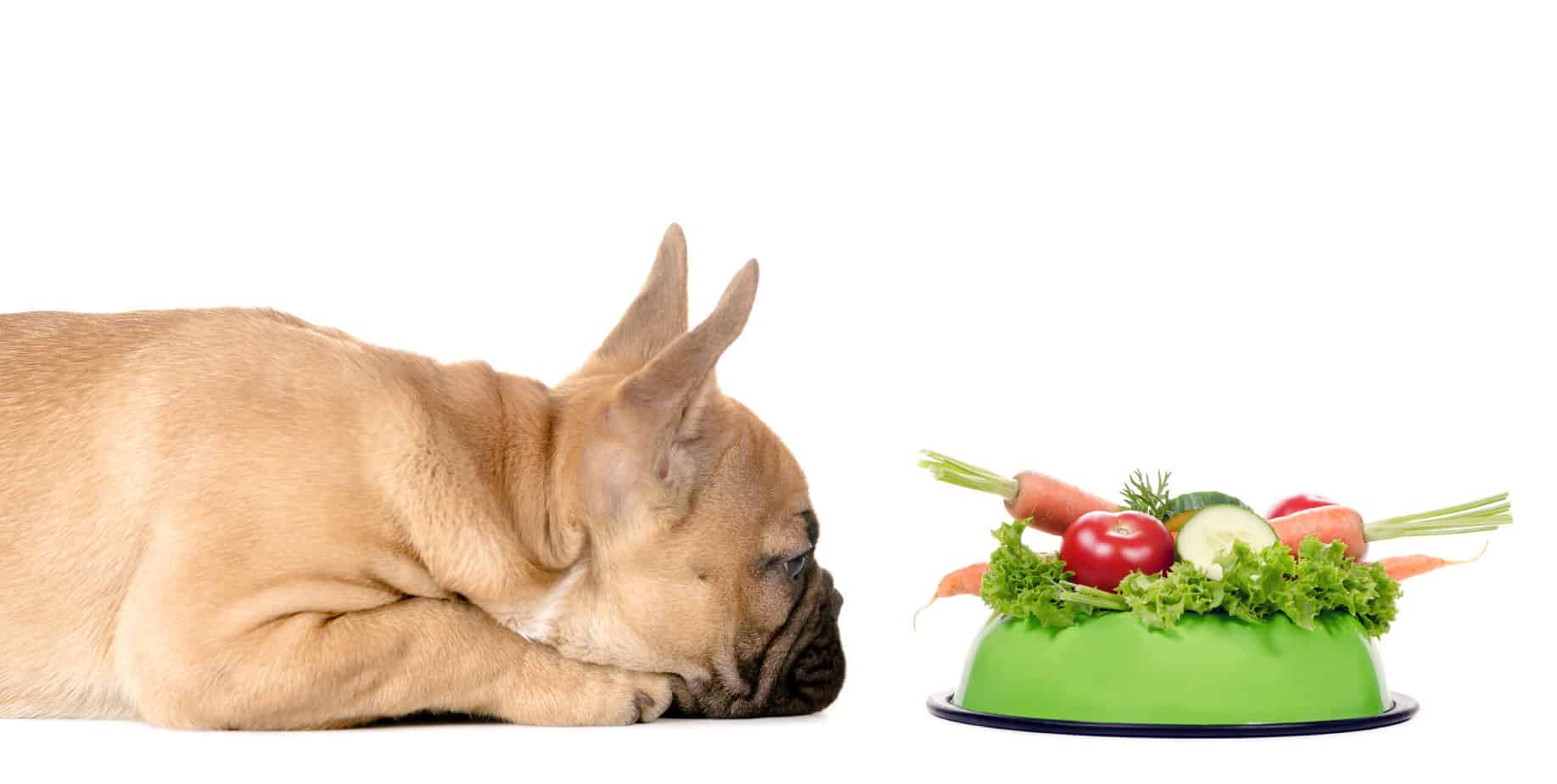










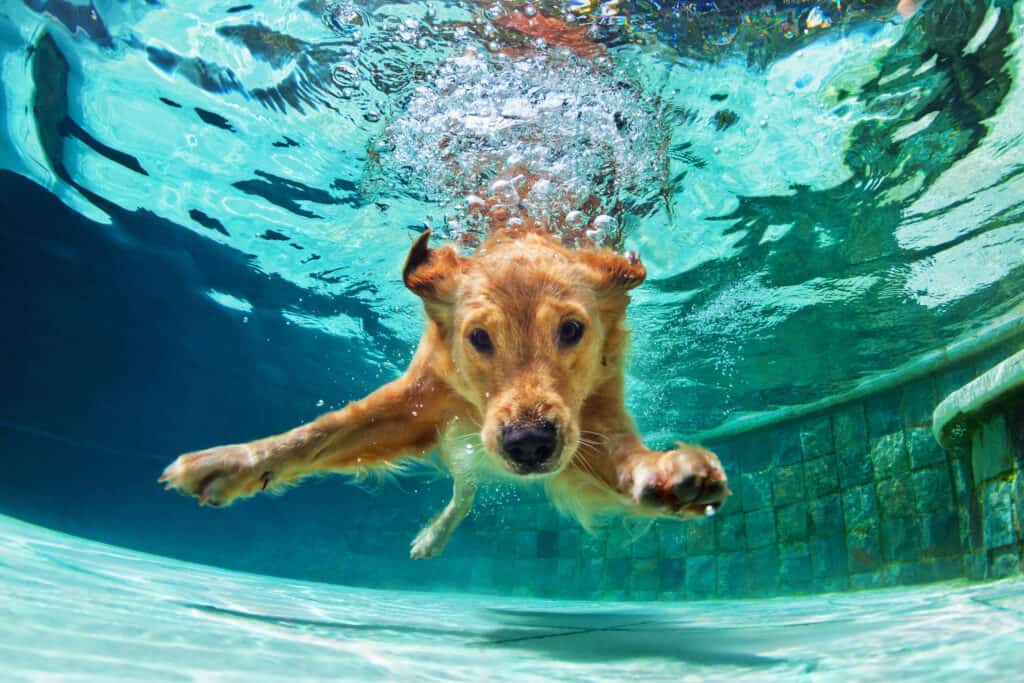

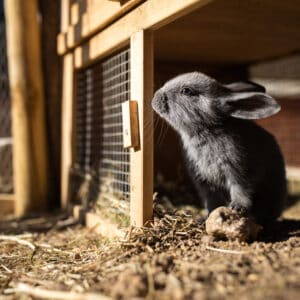
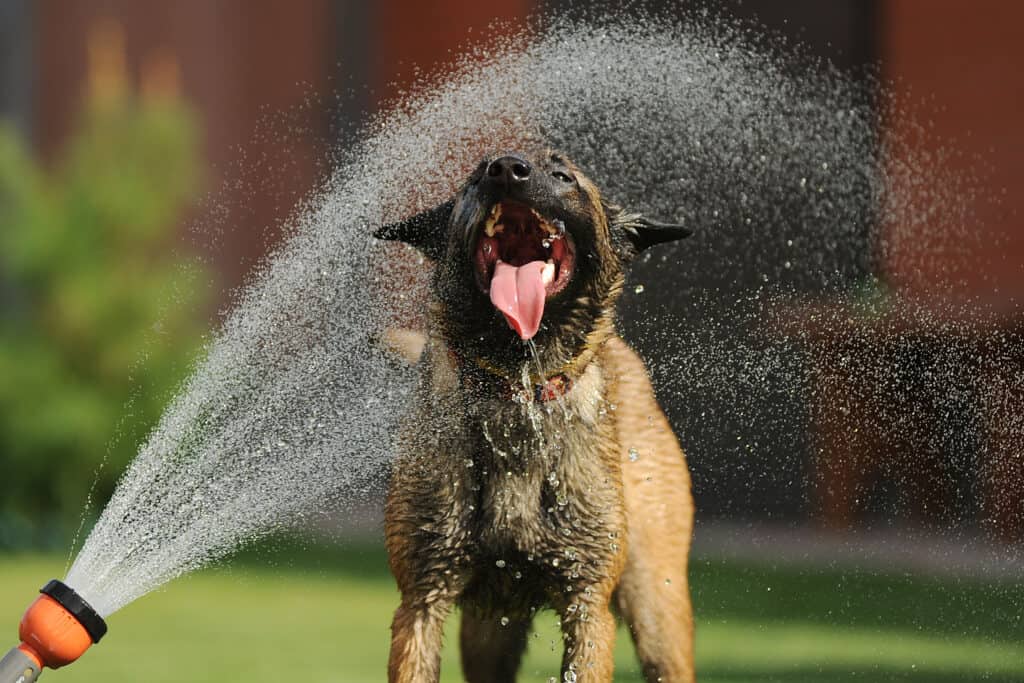
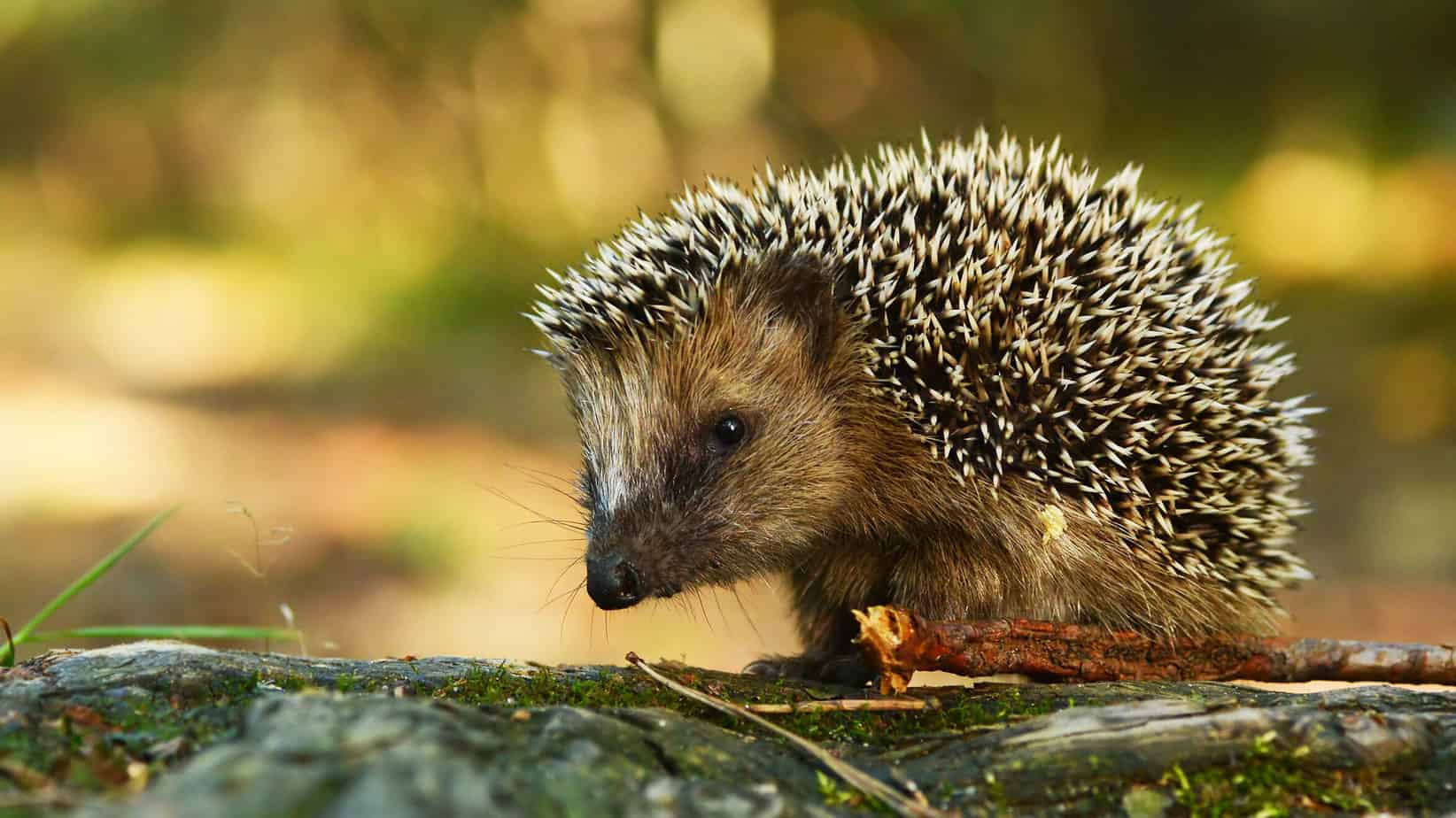

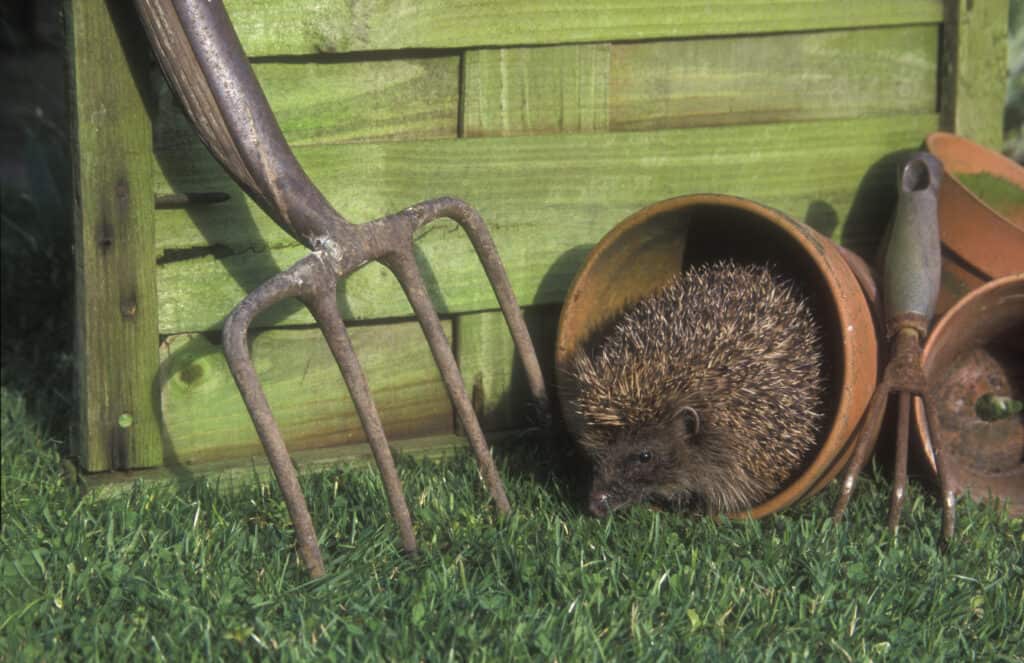
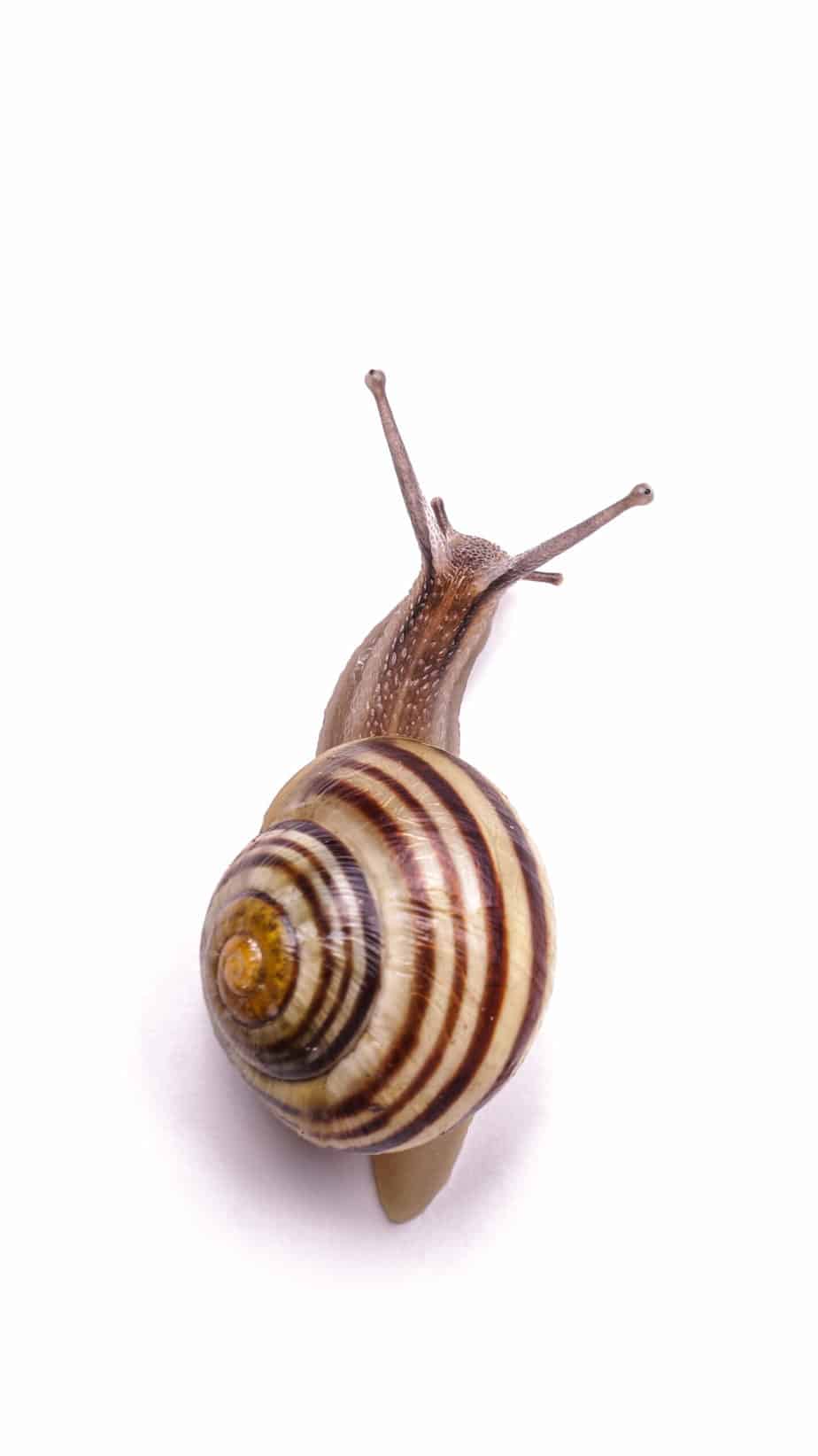














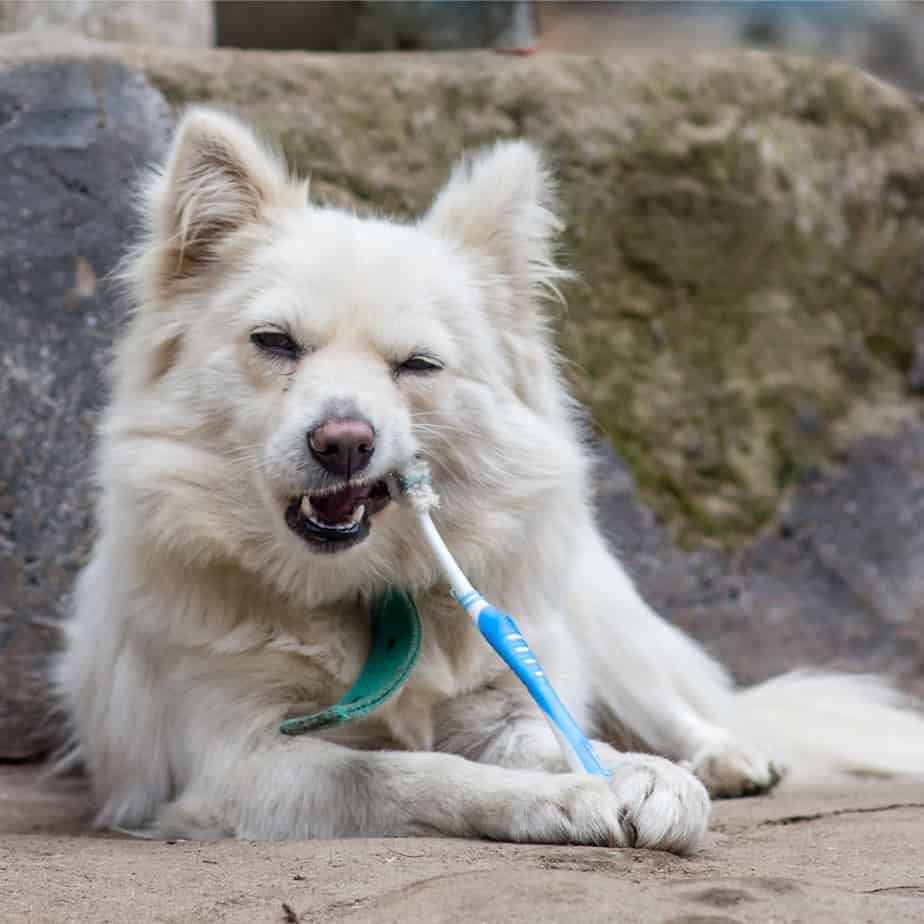

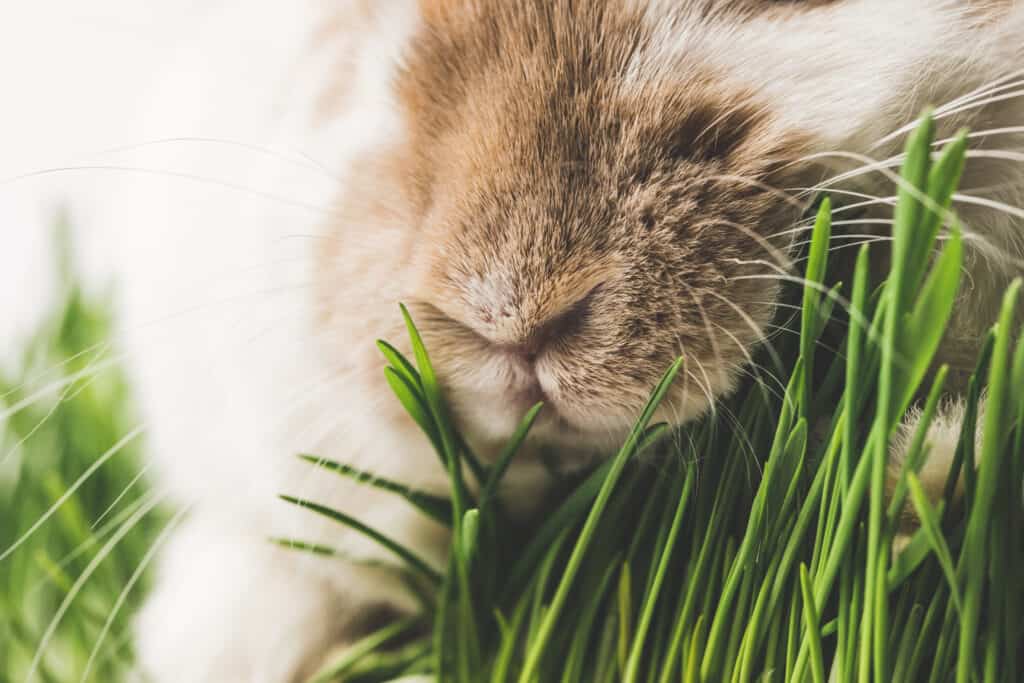
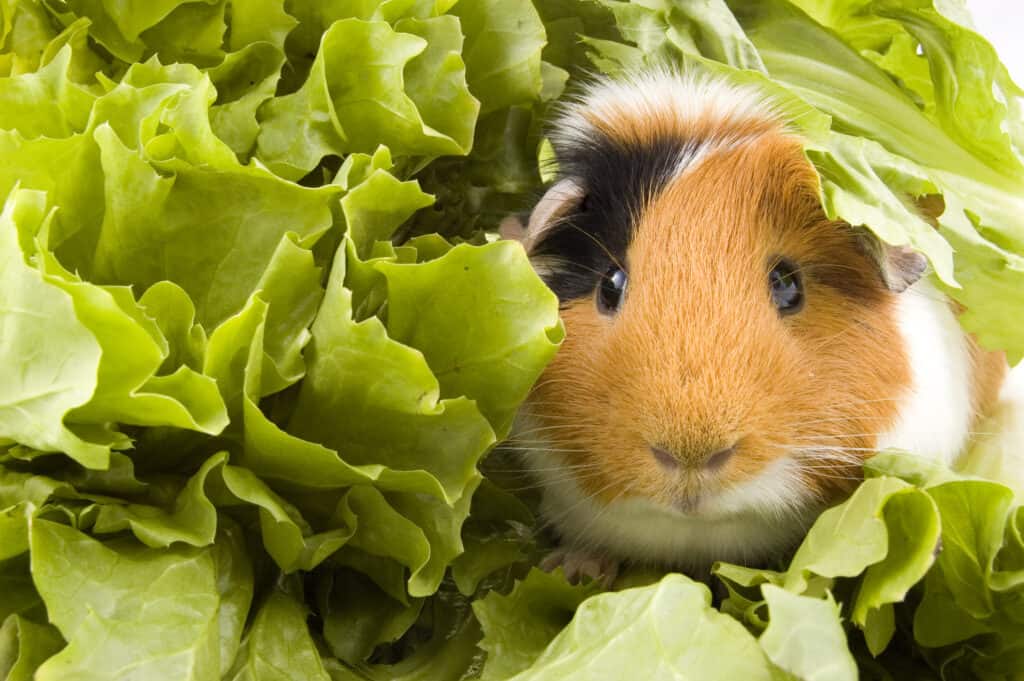



 All too often dogs live their lives eating the same tin of food, day in and day out. Not only is that repetitive and boring for them but it’s not conducive to living a long and healthy life. Humans are told that eating a rainbow will help us to live a long and healthy life, and the same applies to our canine friends.
All too often dogs live their lives eating the same tin of food, day in and day out. Not only is that repetitive and boring for them but it’s not conducive to living a long and healthy life. Humans are told that eating a rainbow will help us to live a long and healthy life, and the same applies to our canine friends. 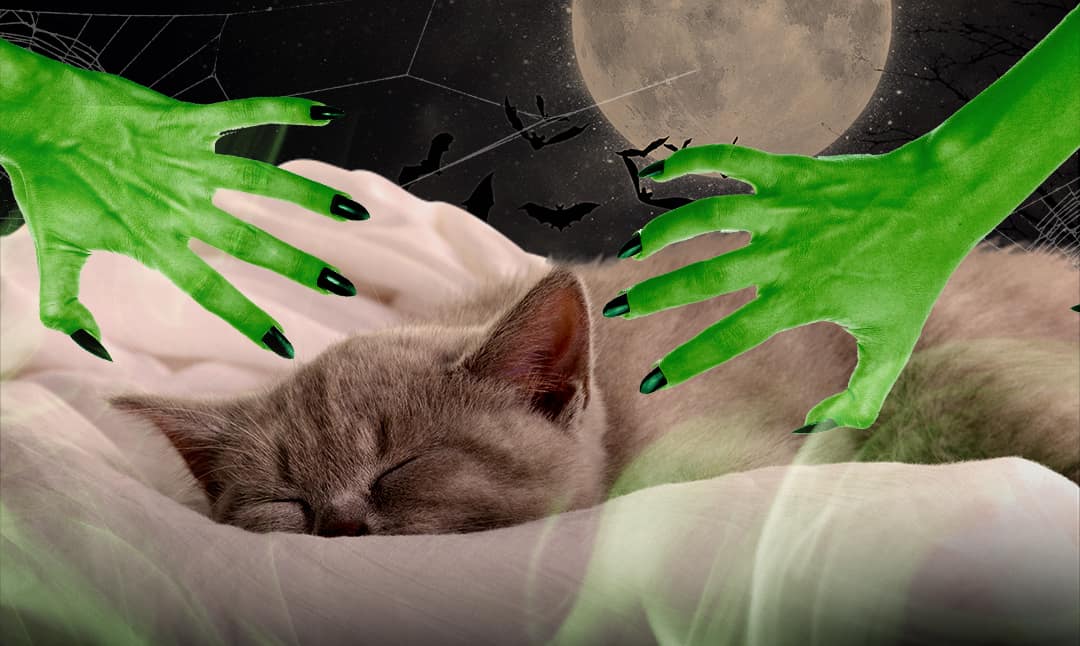 A change in seasons can affect not just the weather, but our routines, behaviours and moods too. The same applies to our pets.
A change in seasons can affect not just the weather, but our routines, behaviours and moods too. The same applies to our pets. 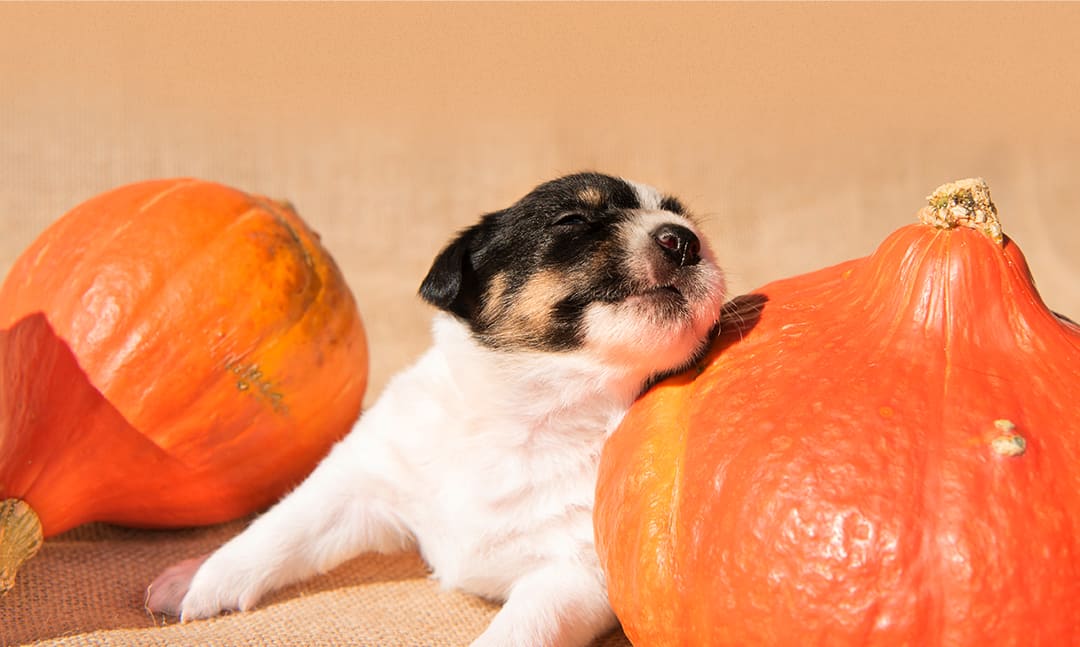 Think of October and you’ll think of pumpkins – carving them, spicing your lattes with them, eating them – but did you know your pet may enjoy the taste of this gourd-eous fruit too?
Think of October and you’ll think of pumpkins – carving them, spicing your lattes with them, eating them – but did you know your pet may enjoy the taste of this gourd-eous fruit too? 
 When you’re feeding yourself and your family, most likely you prioritise food that is nutritious, tasty and healthy. Humans have strict food standards and regulations, and the food we buy must meet certain requirements to be sold legally. However, the same standards do not apply to dog food.
When you’re feeding yourself and your family, most likely you prioritise food that is nutritious, tasty and healthy. Humans have strict food standards and regulations, and the food we buy must meet certain requirements to be sold legally. However, the same standards do not apply to dog food.  We are very excited to announce that our new pet supplies superstore is set to open its doors next month. Our new site is six times bigger than our Trusty Mickleover shop, which will remain open, allowing us to stock even more products!
We are very excited to announce that our new pet supplies superstore is set to open its doors next month. Our new site is six times bigger than our Trusty Mickleover shop, which will remain open, allowing us to stock even more products!